 Just before Valentine’s Day, RCA kills its Studio II home video game console, whose blocky black & white graphics and library of “edutainment” cartridges have proven to be no competition for the more game-oriented, full-color consoles from Fairchild and Atari over the previous two Christmas shopping seasons. 120 employees directly involved with developing for or assembling the Studio II and related products are laid off from RCA’s facility in Swannanoa, North Carolina as a result. The company makes no further attempts to break into the video game business.
Just before Valentine’s Day, RCA kills its Studio II home video game console, whose blocky black & white graphics and library of “edutainment” cartridges have proven to be no competition for the more game-oriented, full-color consoles from Fairchild and Atari over the previous two Christmas shopping seasons. 120 employees directly involved with developing for or assembling the Studio II and related products are laid off from RCA’s facility in Swannanoa, North Carolina as a result. The company makes no further attempts to break into the video game business.

 Sunnyvale, California-based Meadows Games releases the
Sunnyvale, California-based Meadows Games releases the  Atari releases
Atari releases  Atari releases the baseball cartridge
Atari releases the baseball cartridge  Atari releases the
Atari releases the 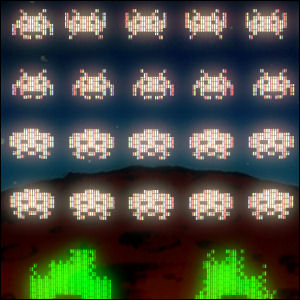 After its introduction in June in Japan,
After its introduction in June in Japan, 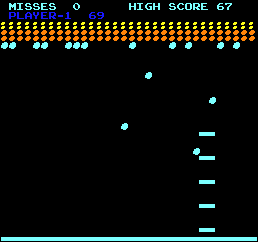 Atari releases the arcade game
Atari releases the arcade game 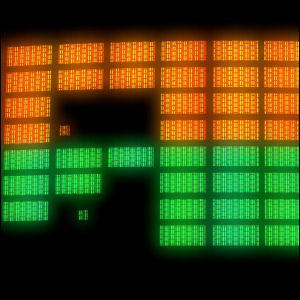 Atari releases
Atari releases 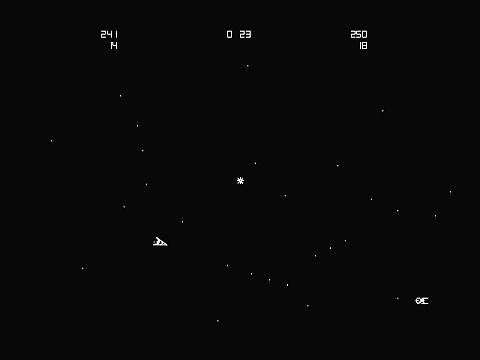 Cinematronics introduces the first vector graphics arcade game,
Cinematronics introduces the first vector graphics arcade game, 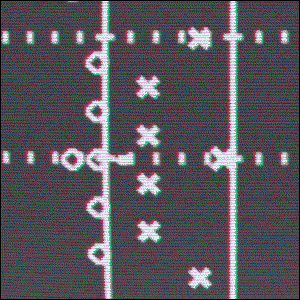 Atari releases the two-player arcade game
Atari releases the two-player arcade game  Atari releases the
Atari releases the 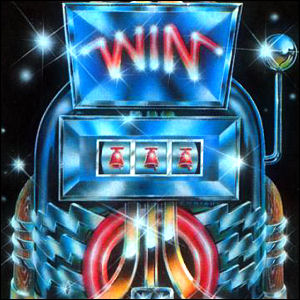 Atari releases the
Atari releases the  Having originally announced a programmable video game console in 1977 before almost cancelling the project, Magnavox launches
Having originally announced a programmable video game console in 1977 before almost cancelling the project, Magnavox launches 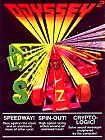 Magnavox releases the video game cartridge
Magnavox releases the video game cartridge 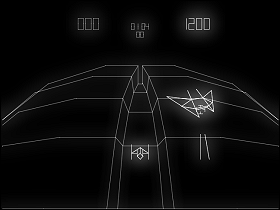 Cashing in on gamers’ desire to fly down a tightly-enclosed trench blowing away enemy spaceships, Cinematronics introduces the “Vectorbeam”-powered arcade game
Cashing in on gamers’ desire to fly down a tightly-enclosed trench blowing away enemy spaceships, Cinematronics introduces the “Vectorbeam”-powered arcade game 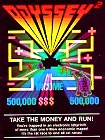 Magnavox releases the video game cartridge
Magnavox releases the video game cartridge 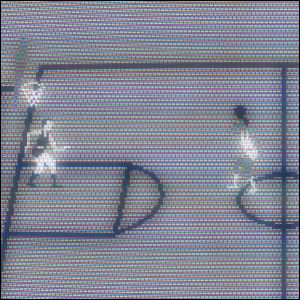 Atari releases the two-player arcade game
Atari releases the two-player arcade game  Atari releases
Atari releases  Cinematronics gives arcade players the chance to fall on their swords – or their opponent’s sword – in the first-ever head-to-head fighting video game,
Cinematronics gives arcade players the chance to fall on their swords – or their opponent’s sword – in the first-ever head-to-head fighting video game, 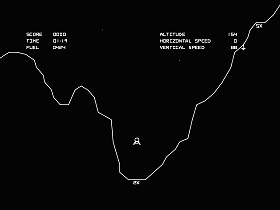 Some ten years after the real thing put men on the moon, Atari invites arcade space pilots to try their own luck at the controls of the
Some ten years after the real thing put men on the moon, Atari invites arcade space pilots to try their own luck at the controls of the 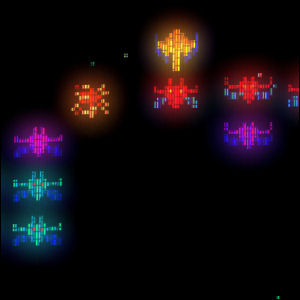 Arcade game maker Midway introduces the coin-op video game
Arcade game maker Midway introduces the coin-op video game  Magnavox releases the video game cartridge
Magnavox releases the video game cartridge  Fed up with Atari’s refusal to grant them bylines on the best-selling games they’ve been designing and programming for the
Fed up with Atari’s refusal to grant them bylines on the best-selling games they’ve been designing and programming for the  Atari releases
Atari releases 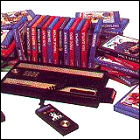 After over a year of play testing and preparation,
After over a year of play testing and preparation,  Atari releases the computer game Star Raiders for the Atari 400 and 800 home computer systems, programmed by Doug Neubauer. This is a very early example of a game in the first-person “cockpit” space shooter genre gaining wide popularity.
Atari releases the computer game Star Raiders for the Atari 400 and 800 home computer systems, programmed by Doug Neubauer. This is a very early example of a game in the first-person “cockpit” space shooter genre gaining wide popularity. 
 Atari releases the home version of
Atari releases the home version of  Atari scores a direct hit on arcades everywhere with
Atari scores a direct hit on arcades everywhere with  Magnavox releases
Magnavox releases